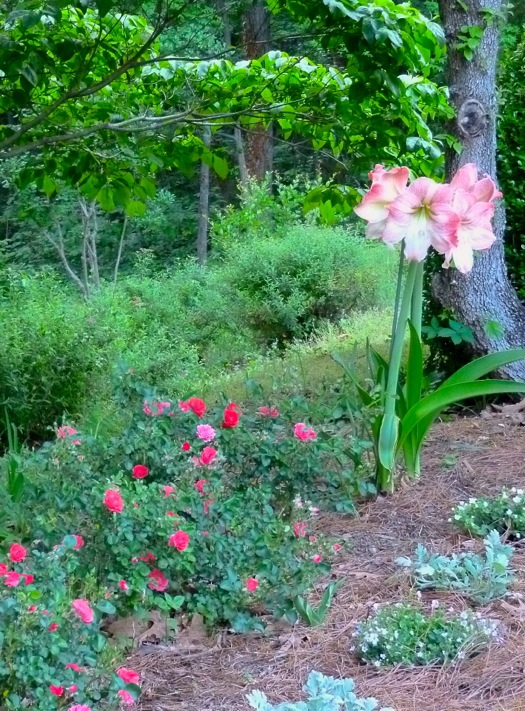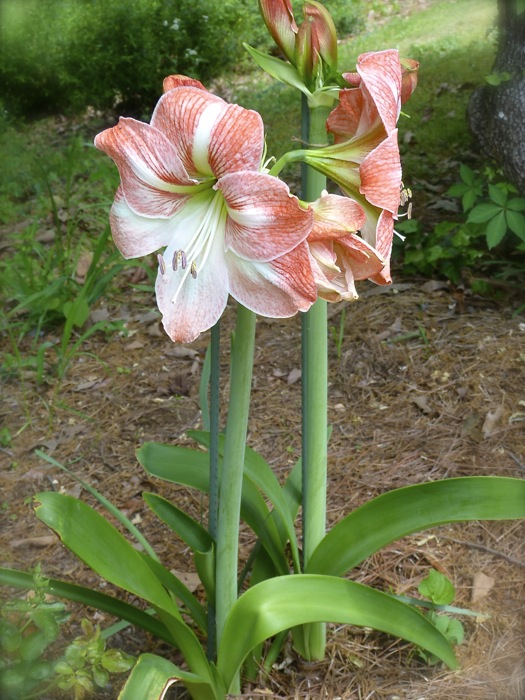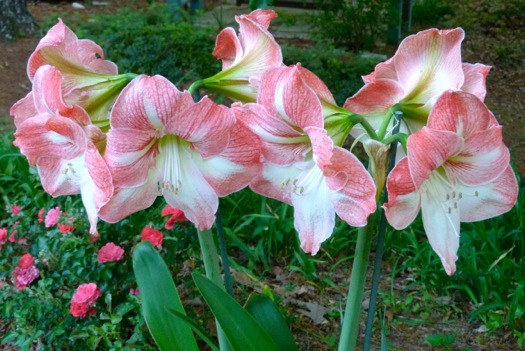What is a Lichen?
 Sunday, June 10, 2018 at 10:45PM
Sunday, June 10, 2018 at 10:45PM The following photo may look like an underwater scene, but I found this amazing lichen growing on a fallen limb. Lichens can be quite beautiful. You may find them draping from trees and covering boulders. They often grow alongside moss. Despite their plant-like appearance, lichens do not have real roots, stems or leaves and have little in common with true members of the plant kingdom.
Lichens can be quite beautiful. You may find them draping from trees and covering boulders. They often grow alongside moss. Despite their plant-like appearance, lichens do not have real roots, stems or leaves and have little in common with true members of the plant kingdom.
A lichen is a complex life form that is a fusion of a fungus and an alga. The partners maintain a symbiotic relationship: the alga photosynthesizes and provides food for the fungus, and the fungus helps the alga to grow and spread in different environments.
Lichens get all of their water and nutrients from their surrounding environment via air and rain. They are able to absorb everything in the air around them, including pollutants. Scientists can determine the levels of pollutants in the atmosphere and assess their ecological impact by extracting heavy metals and other toxins from lichen.
Lichens are usually composed of layers of algae and fungi. The color of the lichen is often determined by whether it contains green algae or blue-green algae, as well as the color of the fungus.  However, the components of some lichen are all mixed together in one uniform layer. The resulting growth is gelatinous, and these are called jelly lichens. Lichens can look like colorful crusts, or they may be leafy, flat, or full of ridges and bumps. They may look like little shrubs, or they may be long and hairy.
However, the components of some lichen are all mixed together in one uniform layer. The resulting growth is gelatinous, and these are called jelly lichens. Lichens can look like colorful crusts, or they may be leafy, flat, or full of ridges and bumps. They may look like little shrubs, or they may be long and hairy.
Lichens are an important food source for wildlife. They also provide nesting materials for birds. Fortunately, lichens do not harm plants on which they grow, although they may indicate poor plant vigor. If they are considered unsightly, prune out offending branches and stimulate new growth by mulching, watering, and fertilizing. Control on tree trunks is not necessary.
For more information, read my previous post about lichens: Amazing Lichens
 air pollution,
air pollution,  algae,
algae,  fungi,
fungi,  lichen in
lichen in  plants
plants 



